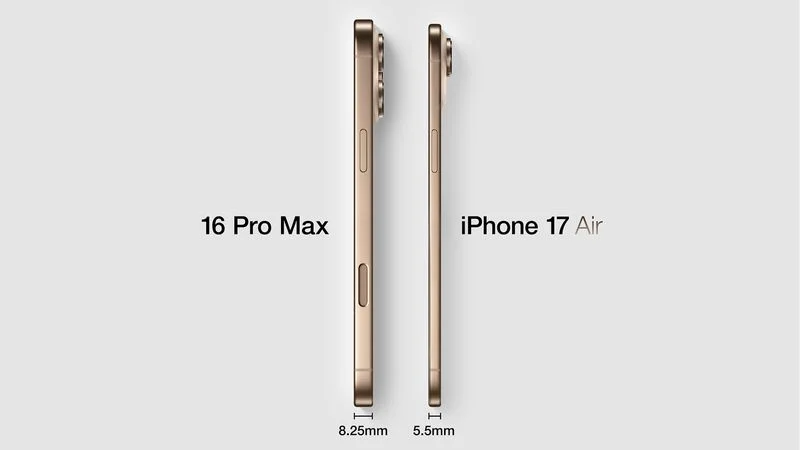Whispers in the tech world suggest Apple has a busy year ahead, with a potential deluge of new products. While much attention is focused on iPhones, Macs, and other gadgets, the possibility of a refreshed Studio Display has quietly gained traction. Several compelling factors point towards a 2025 release, making it a topic worth exploring.
A Symbiotic Relationship: The Mac Studio Connection
The original Studio Display made its debut alongside the Mac Studio in March 2022. This simultaneous launch wasn’t coincidental; the names themselves hint at a designed synergy. These two products were envisioned as a cohesive workstation setup, catering to creative professionals and power users.
Rumors are swirling about an impending M4 Mac Studio, potentially arriving as early as this summer, possibly at WWDC. While a new Studio Display isn’t automatically guaranteed to accompany it, the timing aligns perfectly. Apple has a history of launching products within the same ecosystem together, and a new Mac Studio would benefit greatly from a corresponding display upgrade. This strategic pairing strengthens the case for a 2025 Studio Display release.
Industry Insights and Predictions
Ming-Chi Kuo, a respected analyst known for his accurate Apple predictions, has weighed in on the matter. Back in April 2023, Kuo suggested a 2025 launch for a new Studio Display. More recently, in September 2024, he reiterated that his initial assessment remained unchanged. This consistency from a reliable source adds significant weight to the speculation. Kuo’s insights into Apple’s supply chain and product roadmap make his predictions particularly noteworthy. The confirmation of his earlier report further solidifies the possibility of a 2025 release.
Feature Convergence: Echoes of Other Apple Innovations
Beyond the timing and industry predictions, several reported features of the rumored Studio Display resonate with other anticipated Apple products. These overlapping functionalities suggest a broader strategy at play, where advancements in one area inform developments in another.
Reports from mid-2023, notably from Mark Gurman, indicated Apple was developing a monitor with a unique dual purpose: functioning as a smart home display when not actively in use as a computer monitor. This concept bears a striking resemblance to the rumored “HomePad,” a new smart home device expected this spring.
The HomePad, envisioned as a smart display running a dedicated operating system, could serve as a testing ground for features that might later appear in a new Studio Display. This cross-pollination of features strengthens the argument for a redesigned display.
Further fueling the speculation, an anonymous source mentioned to the Upgrade podcast that Apple is working on new 90Hz panels for several devices, including a new iMac, an M3 iPad Air, and a “next-gen Studio Display.” The expected spring launch of a new iPad Air with a 90Hz display lends credence to this claim. Sharing display technology across product lines is a common practice, and if the iPad Air adopts this smoother refresh rate, it’s logical to expect the Studio Display to follow suit later in the year.
Addressing the Uncertainty: A Balanced Perspective
While the evidence for a 2025 Studio Display is mounting, a note of caution is warranted. Mark Gurman, in a recent overview of Apple’s 2025 product plans, did not specifically mention a new monitor. This absence might raise some concerns.
However, it’s important to remember that the absence of information doesn’t necessarily equate to the absence of a product. Gurman’s report might not have had sufficient information regarding the Studio Display to make a definitive statement. This uncertainty doesn’t negate the other evidence but rather calls for a balanced perspective.
Conclusion: A Promising Outlook
Taking all factors into account, the prospect of a new Apple Studio Display in 2025 appears increasingly likely. The synergistic timing with a potential new Mac Studio, the consistent predictions from reliable sources, and the convergence of features with other anticipated Apple products all contribute to a compelling narrative. While the lack of explicit confirmation from all sources introduces a degree of uncertainty, the weight of the evidence leans heavily towards a refreshed Studio Display gracing our desks sometime this year.
If Apple does indeed unveil a new Studio Display, it will likely represent a significant step forward in display technology and further solidify Apple’s commitment to providing comprehensive solutions for creative professionals and demanding users.





